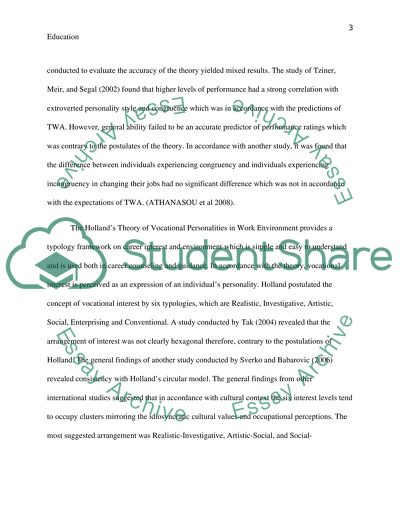Cite this document
(“Analysis of Career Guidance Essay Example | Topics and Well Written Essays - 1000 words”, n.d.)
Retrieved from https://studentshare.org/education/1440777-career-guidance
Retrieved from https://studentshare.org/education/1440777-career-guidance
(Analysis of Career Guidance Essay Example | Topics and Well Written Essays - 1000 Words)
https://studentshare.org/education/1440777-career-guidance.
https://studentshare.org/education/1440777-career-guidance.
“Analysis of Career Guidance Essay Example | Topics and Well Written Essays - 1000 Words”, n.d. https://studentshare.org/education/1440777-career-guidance.


